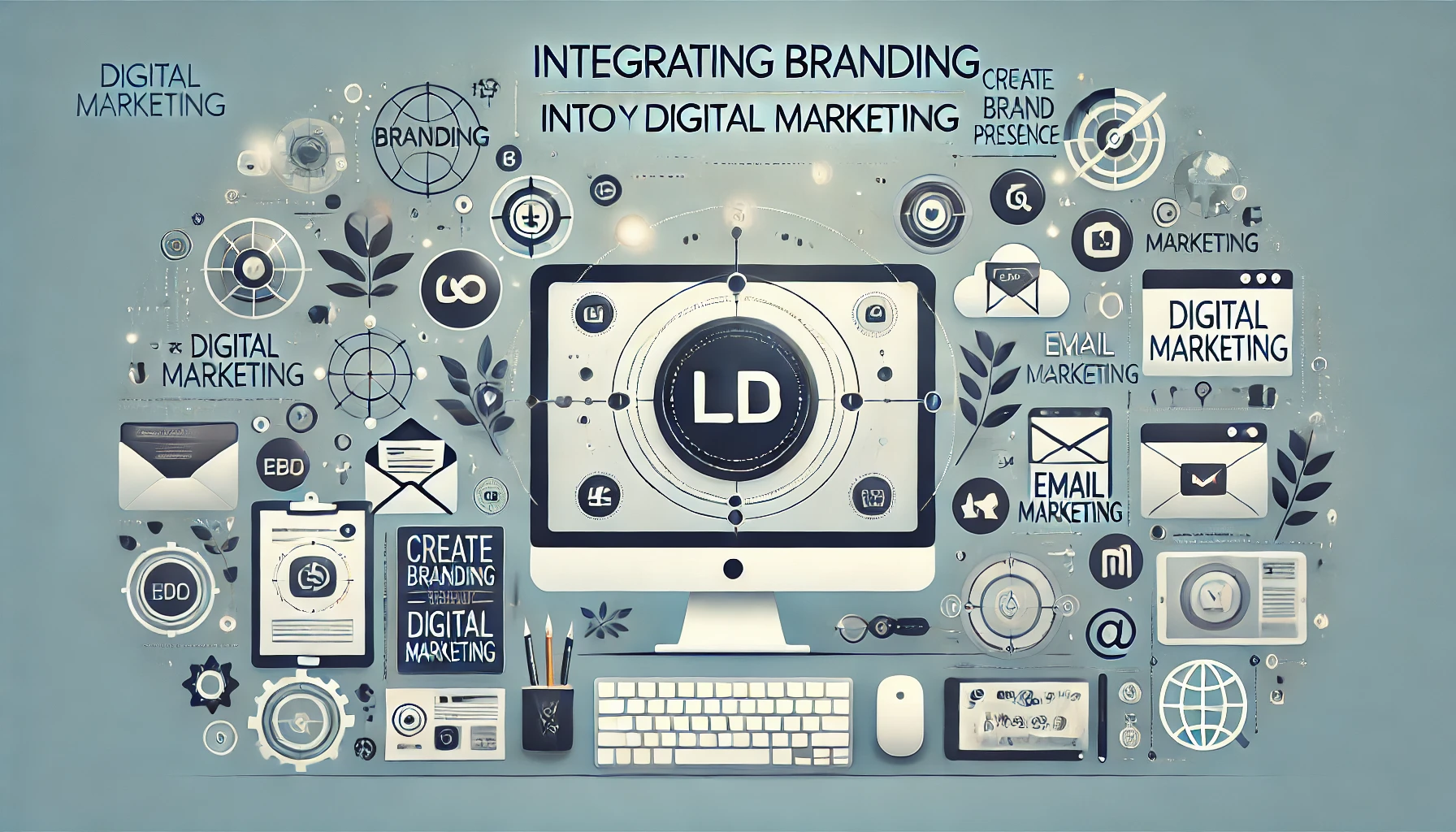The Importance of Branding in Digital Marketing: A Comprehensive Guide
Team Chapter-001
Branding Specialists

The Power of Branding
Discover how strong branding can transform your digital marketing efforts
Branding is more than just a logo or a catchy slogan; it is the essence of how a business presents itself to the world. In the digital age, where consumers have endless choices, a strong brand helps businesses build trust, foster loyalty, and stand out from the competition. This guide explores the role of branding in digital marketing, its benefits, and how to develop a brand that resonates with your audience.
Branding Impact
Brand Loyalty
Brand Awareness
Market Share
Conversion Rate
Digital Branding Checklist
0% completeDefine brand mission and values
Create a consistent visual identity
Develop a unique brand voice
Design a user-friendly website
Optimize social media profiles
Create valuable content
Engage with your audience
Monitor brand mentions and sentiment
Get Branding Tips
Subscribe to our newsletter for weekly tips on building a strong brand identity.
What is Branding?
Branding encompasses all the elements that define a company’s identity and distinguish it from competitors. It includes:
Key Elements of Branding
Logo and Visual Identity – The colors, typography, and design elements that represent your brand.
Messaging and Tone – The voice and personality of your brand in communication.
Mission, Vision, and Values – The purpose of your business and the principles guiding it.
Customer Experience – How customers interact with your brand across different touchpoints.
Why Branding Matters
Branding plays a crucial role in business success. Here’s why:
Building Trust and Loyalty
A well-defined brand creates credibility and fosters long-term customer loyalty.
Differentiating from Competitors
Unique brand identity allows customers to recognize and remember your business.
Enhancing Marketing Effectiveness
Strong branding makes marketing campaigns more impactful and memorable.
Driving Customer Decisions
Emotional connections fostered by branding influence purchasing decisions.
How to Develop a Strong Brand
Building a strong brand requires careful planning and execution. Here are the key steps:
Key Steps for Brand Development
How to Develop a Strong Brand
Follow these steps to build a strong brand identity.
Defining Your Mission, Vision, and Values
Mission Statement: What does your brand aim to achieve? Vision Statement: Where do you see your brand in the future? Core Values: What principles define your brand’s culture and decision-making?
Creating a Consistent Visual Identity
Your brand’s visual elements should be uniform across all digital platforms. This includes: [object Object]
Integrating Branding into Your Digital Marketing
Your brand identity should be seamlessly integrated across all digital marketing channels for maximum impact.
Branding Across Digital Channels
Integrating Branding into Your Digital Marketing
Your brand identity should be reflected across all marketing channels.
Aligning Messaging Across Channels
Your brand’s voice and visual identity should remain consistent on all platforms, including your website, social media, email marketing, and paid advertising.
Using Storytelling to Reinforce Your Brand
Storytelling humanizes your brand, making it more relatable to consumers. [object Object]
Leveraging Social Media for Brand Awareness
Engage with your audience through interactive content. Maintain a consistent posting schedule with branded content. Use branded hashtags and encourage user-generated content.

Consistent Brand Experience
Ensure your brand is recognizable across all digital touchpoints.
Measuring Brand Success
To ensure your branding efforts are effective, it's crucial to track key metrics and analyze brand performance.
Key Branding Metrics
Measuring Brand Success
Tracking the right metrics is essential for evaluating brand effectiveness.
Brand Awareness Metrics
Website traffic and direct searches for your brand Social media mentions and engagement rates Search engine rankings for branded keywords
Brand Sentiment Analysis
Monitoring customer reviews and feedback Analyzing social media sentiment using tools like Brandwatch or Sprout Social
Frequently Asked Questions
Conclusion
Customer retention ratesRepeat purchase behaviorNet Promoter Score (NPS) surveys



